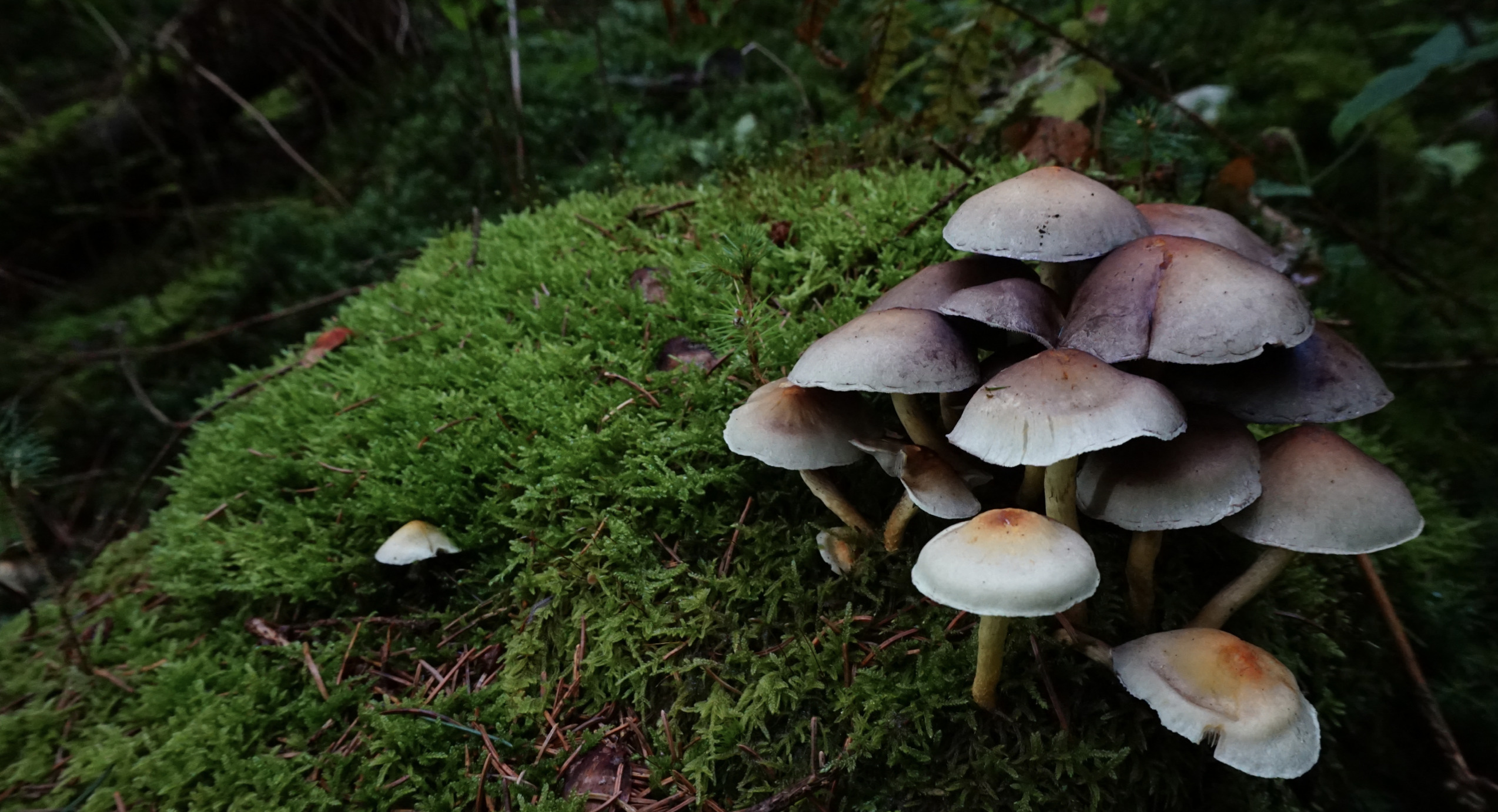One important connection of the Church with society is related to survival of large organisms.
In the mycelium, all food enters cells by diffusion. This is a random process that moves items from high concentration to sites of lower concentration. It has a certain speed for doing this which is complicated by having to go through heavy traffic most of the time. Cells that grow by division tend to form spherical clusters which eventually reach a size that food can no longer reach the center of the ball by diffusion. These cells will die. A method to nourish these cells had to be found for organisms to gain any appreciable size. What developed was a system of channels within the cellular aggregates that permitted a fluid bearing the nutrients to bathe each and every cell with the needed requirements. Such systems are called vascular systems. Due to the microscopic size of its hyphae and their connectedness, the mycelium is its own vascular system. In nature this is a crucial factor, since it is considered to be a sufficient condition for an organism to have life! Thus in the Mycelial Model of the Church, the Church is the Vascular System of the Body Politic. It approaches near enough for every individual to be sustained by its being the provenance of the Kingdom for creation.
Looking to the network again, we realize it is made of tubes through which flows a fluid. This implies that we are not finding a node-based network but rather a flow-based one. This difference is also crucial in a model for the Church. A flow-based network is a hydraulic network which is why it is always globally aware of local conditions. In a node-based network the nodes are taken to be objects that tend to not change. It is the messages between nodes that tend to change. In flow-based networks, the connections between nodes can transport material so that the nodes are places where exchange takes place and this exchange may lead to the node being transformed. In the case of hyphae, if the input to a node is greater than the output at that node it can either rupture or branch! This helps explain the excessive number of hyphae in regions of high concentration of nutrients where intake of fluid is greatly increased.
The mycelium can also create structures for storage of any excess of compounds not needed at the moment. These items can later be sent to regions in short supply of nutrients such as exploratory hyphae that are crossing barren regions seeking new resources. These are called sclerotia.
There is a theological theme that suggests how this correlation works. It is called stewardship. It is a function of the Church to act as God’s stewards of creation for the benefit of all creation. Stewards, as opposed to servants, while being servants are to manage the assets of an owner for the benefit of the owner. And under their management, they are to achieve sufficient returns on those assets. To do this they must know the mind of the owner for what will be acceptable, thereby placing themselves under great responsibility and accountability. Douglas John Hall has offered a significant description of what is at stake here. Stewards are to provide The Stewardship of Life in the Kingdom of Death.

